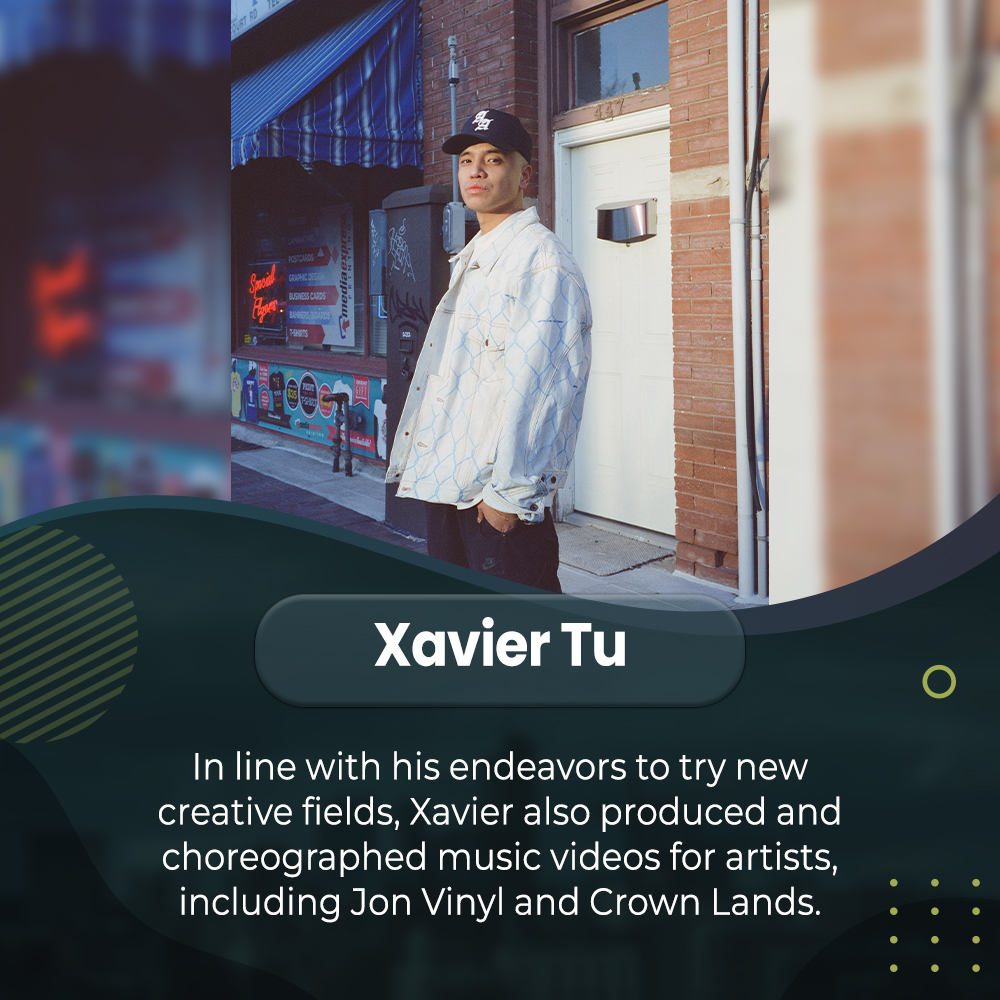
Dance has always been a powerful expression, conveying emotions, stories, and ideas without words. When integrated into film, it becomes an even more potent tool for storytelling and production. This article will explore how dance in cinema can enhance the cinematic experience and elevate storytelling to new heights.
The Language of Movement
Dance is often called the universal language of movement, transcending cultural, language, and age barriers. It allows filmmakers to communicate complex emotions and narratives through physicality alone. Whether it’s the graceful waltz in a classic romance or the energetic hip-hop routines in a modern urban drama, dance can convey a range of emotions and messages that resonate with audiences on a profound level.
Emotion Amplification
One of the most significant ways dance enhances storytelling in film is by amplifying emotions. Dance sequences can intensify the feelings of a scene, making them more vivid and palpable. For example, a tender love scene can become even more passionate when accompanied by a vibrant dance duet. Conversely, a sad, melancholy dance performance can make a moment of despair more heart-wrenching.
In the 2000 film “Moulin Rouge!,” the character Christian, played by Ewan McGregor, expresses his love for Satine, played by Nicole Kidman, through a breathtaking tango. The dance adds depth to their love story and heightens the audience’s emotional connection to the characters. It is a prime example of how dance can amplify the emotional impact of a film.
Visual Spectacle
Dance in film is not limited to conveying emotions; it can also create breathtaking visual spectacles. Choreographed dance sequences can transform a movie into a visually stunning work of art. The combination of skillful choreography, cinematography, and editing can result in scenes that leave a lasting impression.
Consider the iconic dance sequence in “La La Land” (2016), where the characters of Mia and Sebastian dance against the backdrop of a Los Angeles sunset. The vibrant colors, the seamless choreography, and the moment’s magic create a visual spectacle that captivates the audience and enhances the film’s overall impact.
Character Development
Dance can also be a powerful tool for character development. How a character dances can reveal a lot about their personality, motivations, and inner struggles. It provides insights into their background, culture, and emotions, often more effectively than dialogue or exposition.
In “Black Swan” (2010), directed by Darren Aronofsky, the protagonist Nina, played by Natalie Portman, is a ballet dancer whose journey to perfection takes a dark and psychological turn. Her transformation is portrayed not only through her words and actions but also through her dance. As she prepares for the lead role in “Swan Lake,” her dancing becomes increasingly intense and erratic, reflecting her descent into madness. This use of dance as a tool for character development adds depth and complexity to the film.
Cultural Exploration
Dance in film also allows for the exploration and celebration of different cultures. Filmmakers can use dance to immerse audiences in the rich tapestry of various traditions and customs worldwide. Whether it’s the vibrant Bollywood dance numbers of Indian cinema or the elegant ballet performances of European films, dance can transport viewers to different cultural landscapes.
In “Crouching Tiger, Hidden Dragon” (2000), directed by Ang Lee, martial arts sequences are choreographed with a graceful and poetic flair deeply rooted in Chinese culture. These sequences not only serve as breathtaking action scenes but also as a reflection of the characters’ values and the world they inhabit. Dance in this context becomes a window into a different cultural perspective.
Narrative Advancement
Dance can also play a crucial role in advancing a film’s narrative. It can convey essential plot points, transitions in time, or shifts in the story’s tone. For instance, a well-choreographed dance number at a pivotal moment can signify a character’s transformation or a turning point in the plot.
In the 2001 film “Moulin Rouge!” mentioned earlier, the “Roxanne Tango” intensifies the romantic tension and foreshadows the impending tragedy of the story. The dance serves as a narrative device, hinting at the events to come and adding depth to the storytelling.
The Collaboration of Art Forms
Dance in film is a collaboration of multiple art forms, including dance, music, cinematography, and costume design. When these elements harmonize harmoniously, they can create a cinematic masterpiece transcending individual art forms. Integrating dance into a film requires meticulous planning and coordination among various departments, resulting in a holistic and immersive experience for the audience.
In the 2016 film “Sing Street,” directed by John Carney, the characters form a band and create music videos incorporating dance. These music videos propel the narrative and showcase the collaborative nature of filmmaking, where dance and music work together to tell a compelling story.
Dance in film is a potent tool for storytelling and production, offering filmmakers a unique and versatile way to engage audiences on emotional, visual, and cultural levels. Whether it’s through amplifying emotions, creating visual spectacles, developing characters, exploring cultures, advancing the narrative, or celebrating the collaboration of art forms, dance enhances the cinematic experience in ways that words alone cannot. As filmmakers continue to harness the power of dance, we can expect to see even more innovative and captivating uses of this art form in cinema. So, the next time you watch a film with a mesmerizing dance sequence, remember that it’s not just a performance—it’s a powerful tool for storytelling and production.